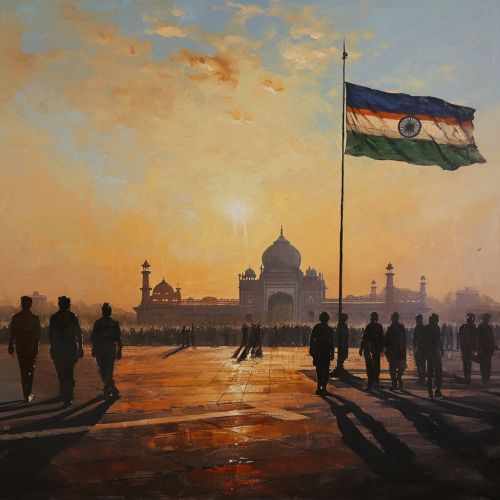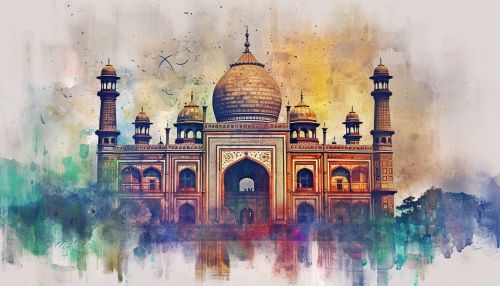History of India
Prehistoric Era
The history of India begins with the evidence of human activity of Homo sapiens, as long as 75,000 years ago, or with earlier hominids including Homo erectus from about 500,000 years ago. The Indus Valley Civilization, which spread and flourished in the northwestern part of the Indian subcontinent from c. 3300 to 1300 BCE in present-day Pakistan and northwest India, was the first major civilization in South AsiaLearn more. A sophisticated and technologically advanced urban culture developed in the Mature Harappan period, from 2600 to 1900 BCE.
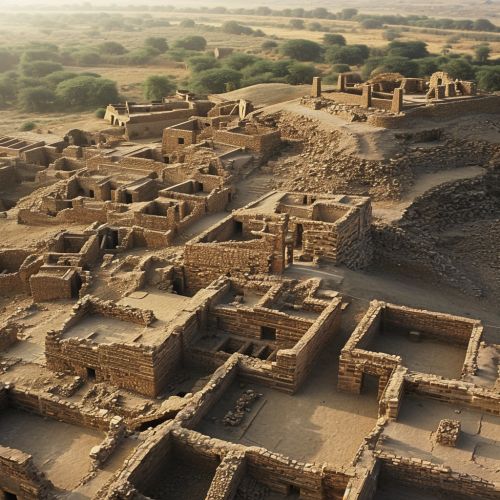
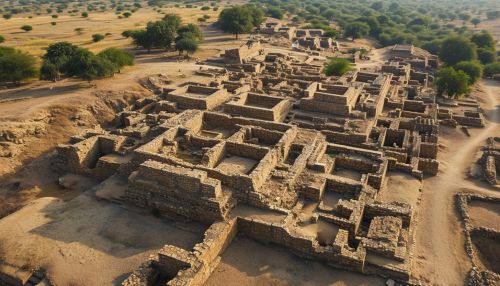
Vedic Period
This Bronze Age civilization collapsed before the end of the second millennium BCE and was followed by the Iron Age Vedic Civilization, which extended over much of the Indo-Gangetic plain and which witnessed the rise of major polities known as the Mahajanapadas. In one of these kingdoms, Magadha, Mahavira and Gautama Buddha were born in the 6th or 5th century BCE and propagated their shramanic philosophies.
Maurya Empire
Most of the subcontinent was conquered by the Maurya Empire during the 4th and 3rd centuries BCE. From the 3rd century BCE onwards Prakrit and Pali literature in the north and the Tamil Sangam literature in southern India started to flourish. Wootz steel originated in south India in the 3rd century BCE and was exported to foreign countries.
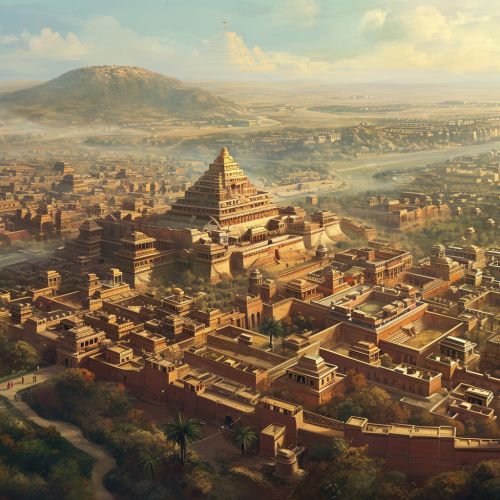
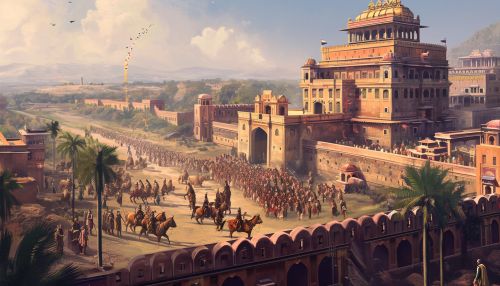
Middle Kingdoms
The Middle Kingdoms of India were the political entities in India from the 3rd century BCE to the 13th century CE. The period begins after the decline of the Maurya Empire and the corresponding rise of the Satavahana dynasty, starting with Simuka, from 230 BCE. The "Middle" period lasted for about 1500 years, and ended in the 13th century with the rise of the Delhi Sultanate and the end of the Later Chola Dynasty.
Delhi Sultanate
The Delhi Sultanate was a Delhi-based Muslim kingdom that stretched over large parts of the Indian subcontinent for 320 years (1206–1526). Five dynasties ruled over the Delhi Sultanate sequentially: the Mamluk/Slave dynasty (1206–1290), the Khilji dynasty (1290–1320), the Tughlaq dynasty (1320–1414), the Sayyid dynasty (1414–1451), and the Lodi dynasty (1451–1526).
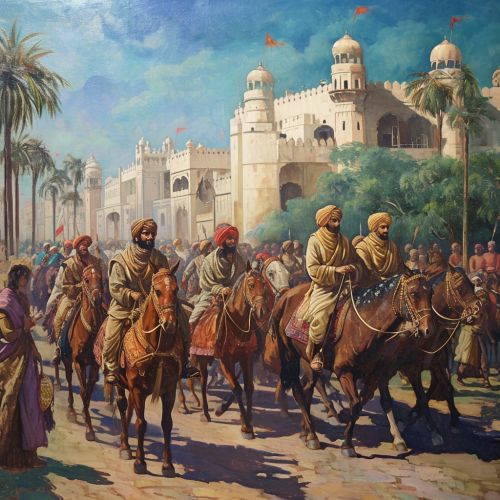
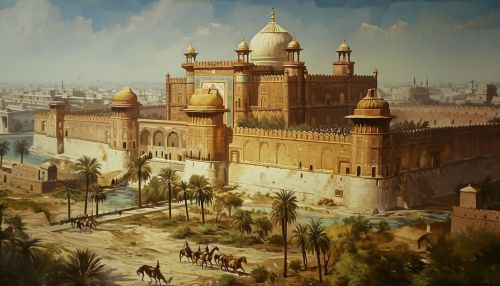
Mughal Empire
The Mughal Empire was an early-modern empire in South Asia. For some two centuries, the empire stretched from the outer fringes of the Indus basin in the west, northern Afghanistan in the northwest, and Kashmir in the north, to the highlands of present-day Assam and Bangladesh in the east, and the uplands of the Deccan plateau in South India.
British Raj
The British Raj was the rule by the British Crown on the Indian subcontinent from 1858 to 1947. The rule is also called Crown rule in India, or direct rule in India. The region under British control was commonly called India in contemporaneous usage, and included areas directly administered by the United Kingdom, which were collectively called British India, and areas ruled by indigenous rulers, but under British tutelage or paramountcy, called the princely states.
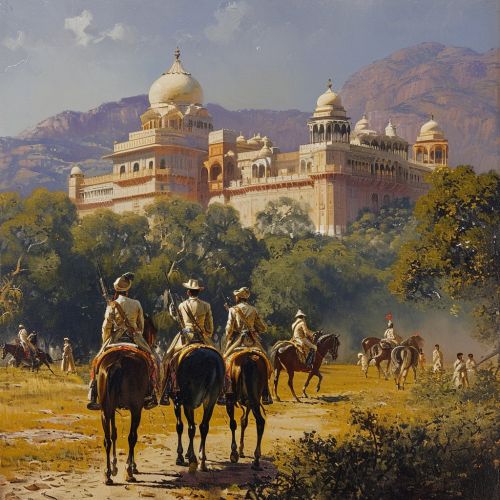
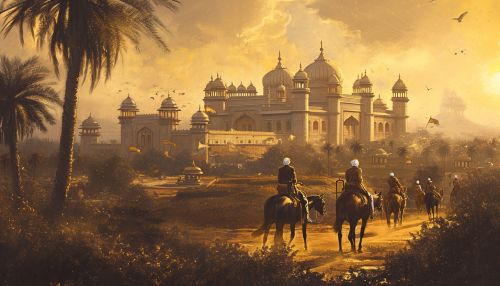
Independence and Partition
The independence movement in India was led predominantly by Mahatma Gandhi and the Indian National Congress. It is also known as the Indian Freedom Movement. It lasted from 1857 until 15 August 1947, when India got independence from the British Raj. The Partition of India was the division of British India in 1947 which accompanied the creation of two independent dominions, India and Pakistan.
Republic of India
The Republic of India is a country in South Asia. It is the seventh-largest country by land area, the second-most populous country, and the most populous democracy in the world. Bounded by the Indian Ocean on the south, the Arabian Sea on the southwest, and the Bay of Bengal on the southeast, it shares land borders with Pakistan to the west; China, Nepal, and Bhutan to the north; and Bangladesh and Myanmar to the east.
